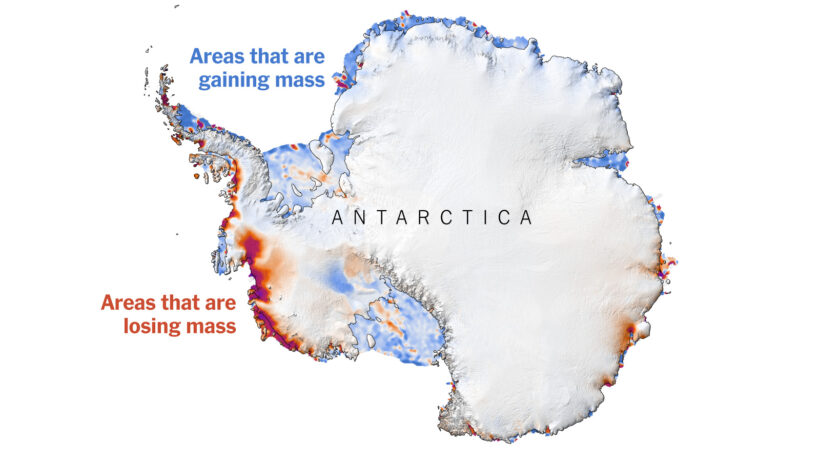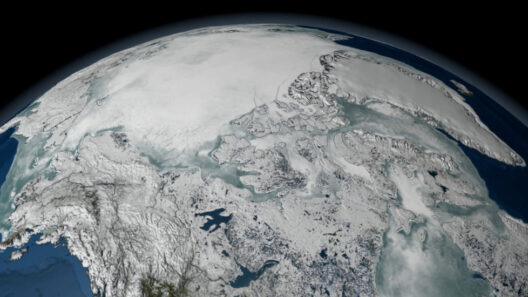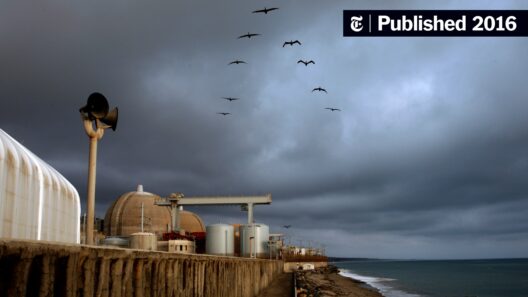Antarctica, the world’s southernmost continent, often evokes images of vast, frozen landscapes, towering glaciers, and extreme temperatures. To comprehend the chilling realities of Antarctica’s climate, it is essential to consider a hypothetical scenario: What if global warming were not a factor? How cold would Antarctica be without the influences of climate change? This thought experiment not only sheds light on the drastic changes we have witnessed in recent decades but also prompts an exploration of the continent’s historical climatic conditions, glacial dynamics, and potential ecological ramifications.
Firstly, one must understand the current climate of Antarctica, which is profoundly influenced by global warming. The continent has experienced a marked increase in average temperatures over the past few decades. To imagine a colder Antarctica, one should visualize a scenario where greenhouse gas emissions were contained and anthropogenic activities did not contribute to the rising temperatures of the Earth. In such an alternate reality, the average temperature could be significantly lower. Current temperature records indicate that the interior of Antarctica can dip to around -60 degrees Celsius (-76 degrees Fahrenheit) during the winter months. Without the additional warming effects of climate change, these temperatures might plummet even further, possibly reaching -80 degrees Celsius (-112 degrees Fahrenheit) or lower, particularly in the extreme interior regions.
The mechanisms behind Antarctic cooling can be traced to the region’s unique geographic and climatic traits. The continent is positioned over the South Pole and is surrounded by the Southern Ocean, which insulates it from warmer ocean currents. Without the warming trends exacerbated by global climate change, one can envision a scenario where the cold ocean currents surrounding Antarctica maintain a tight grip on the frigid atmospheric conditions. The Antarctic Circumpolar Current, which moves around the continent, plays a crucial role in regulating temperatures by preventing warmer waters from entering the coastline. Therefore, a cessation of anthropogenic warming would help sustain the frigid temperatures that we typically associate with Antarctica.
Furthermore, the presence of ice sheets and glaciers—massive reservoirs of freshwater—would be much more stable in a cooler climatological scenario. Today, the Antarctic ice sheet holds around 60% of the planet’s freshwater. However, accelerated melting due to rising temperatures has become a grim reality. In this fictional cold world, ice sheets would remain largely intact, their mass and extent potentially increasing as temperatures drop. Glacial formation would be enhanced, and calving events—where chunks of ice break off from glaciers—would occur less frequently. The robust ice cover would effectively reflect solar radiation, perpetuating an ice-albedo feedback loop that helps regulate temperatures.
In contemplating the repercussions of a colder Antarctica, one must also address the ecological implications. Currently, the continent’s extreme conditions present challenges for habitation; however, certain species, like the Adélie and Emperor penguins, have adapted to the harsh climate. Undoubtedly, a cooler Antarctica would necessitate adaptations for these and other flora and fauna, potentially resulting in an ecosystem that is more resilient to environmental fluctuations. Birds, seals, and marine life thriving in such an untainted habitat would benefit from the absence of melting ice, maintaining their breeding habitats. Nevertheless, these species might face new challenges as ecosystems evolve and their natural habitats undergo transformations.
Moreover, the biosphere of Antarctica could be characterized by a wider variety of species if not for global warming. The current retreat of marine ice and the warming of surrounding waters have melded into a double-edged sword for biodiversity. With a colder clime, however, one could envisage sprawling expanses of microalgae beneath the ice, teeming with life forms that are currently not prevalent in warmer conditions. This enhanced productivity densifies the food chain, benefiting everything from krill populations to larger marine mammals, achieving a more dynamic and interconnected marine ecosystem.
Equally important is understanding how a much colder Antarctica might affect global weather patterns. The continent acts as a global thermostat. Its vast ice caps contribute to regulating the Earth’s climate by influencing ocean currents and atmospheric conditions. In an unadulterated ice-covered landscape, the polar vortices might remain intact, minimizing the chances of erratic weather phenomena experienced during the current era of climate change. Without the influence of global warming, tempests, heatwaves, and other aberrant weather occurrences could be significantly reduced.
Such scenarios also raise questions about sea level rise, a critical concern in today’s climate discussions. As aforementioned, Antarctica houses an immense volume of ice. In a world untouched by global warming, the preservation of these ice masses would mean that global sea levels remain relatively stable in the foreseeable future. Without the ongoing melting of the Antarctic ice sheet, coastal cities around the world might not have to contend with the impending threats of inundation and erosion.
In conclusion, contemplating a colder Antarctica devoid of global warming allows for an exploration of unprecedented scenarios. While such a situation offers intriguing insights into the potential ecological benefits and stability of climate, the somber reality is that we currently inhabit a world where anthropogenic influences have altered natural processes. Understanding these dynamics is critical for fostering an informed and proactive approach to climate action. There is a pressing need to mitigate the factors that contribute to global warming, allowing us to not only preserve the integrity of Antarctica’s glacial landscapes but also to safeguard the delicate balance of our planet’s climate systems.







